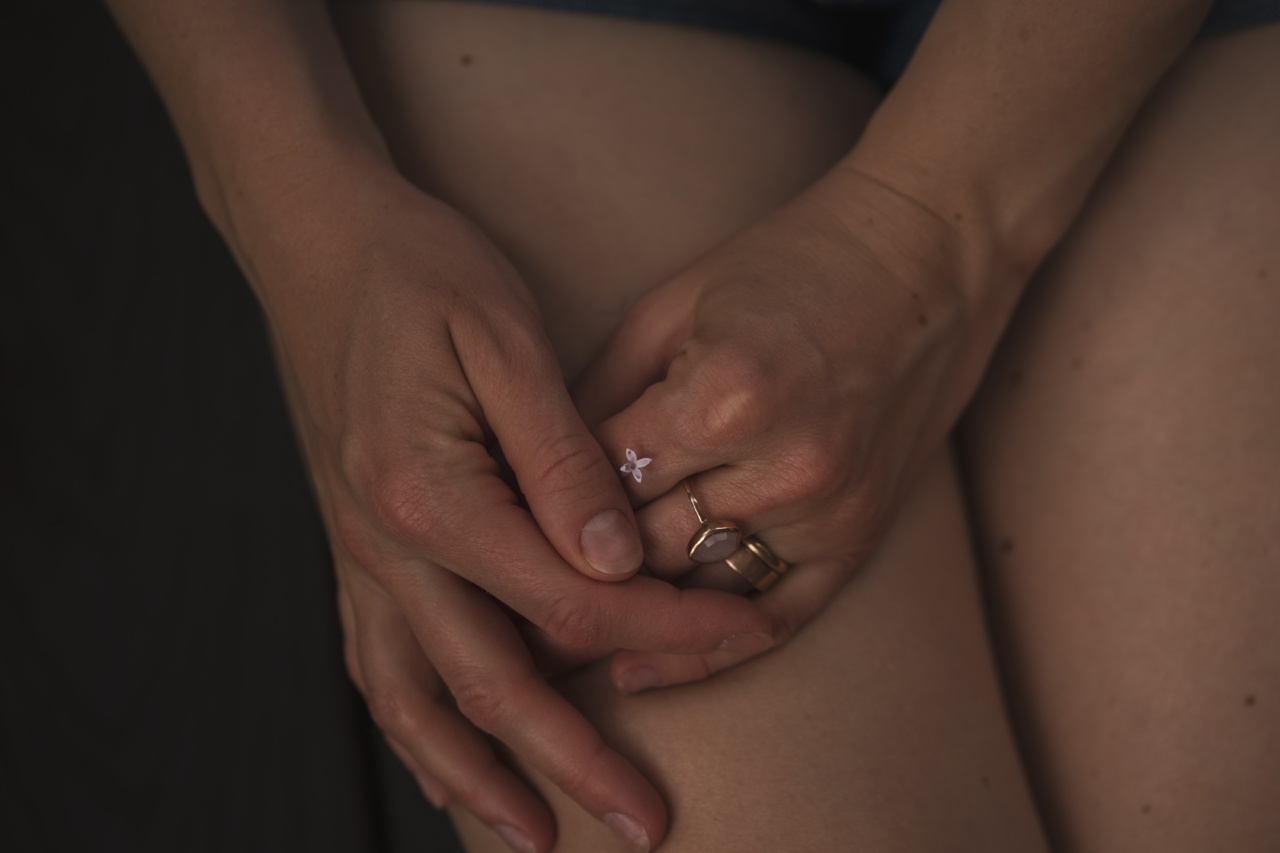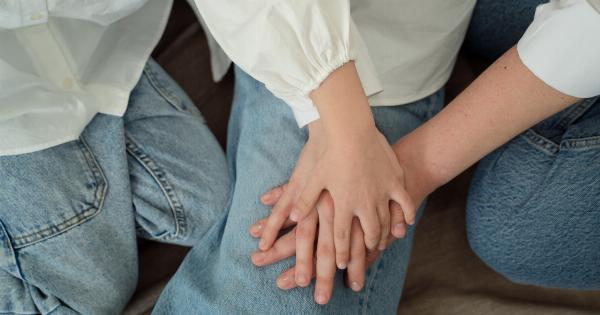Foot pain is commonly seen in all age groups, including children. Children may experience pain in their feet due to various reasons such as injury, genetic disorders, growth spurts, and poor footwear.
It is essential for parents to understand and identify the possible causes of foot pain in children to prevent any further complications.
Common Causes of Foot Pain in Children
Children often participate in various outdoor activities such as sports, running, and jumping. These activities can cause injuries such as sprains, fractures, and bruises.
Foot pain due to injury is common among children, and parents must attend to it promptly and appropriately to prevent worsening of the condition.
Genetic disorders such as flat feet, high arches, and leg length discrepancies are other common causes of foot pain in children. These conditions can cause discomfort and pain while walking or standing for prolonged periods.
The use of appropriate footwear and insoles can help alleviate the pain and improve the child’s quality of life.
Growth spurts can also cause foot pain in children. During growth spurts, the bones and muscles in the feet grow rapidly, leading to temporary discomfort and pain. The pain usually subsides once the growth spurt ends.
Parents can ensure comfort for their children during growth spurts by providing them with proper footwear and selecting shoes with adequate cushioning and support.
Additionally, poor footwear can also cause foot pain in children. Shoes that are too small or too tight can cause blisters, calluses, and even deformities such as bunions or hammertoes.
Shoes with insufficient arch support or inappropriate for the activity can cause plantar fasciitis or heel pain.
Symptoms of Foot Pain in Children
It is essential for parents to identify the symptoms of foot pain in their children to provide prompt care and prevent severe conditions from developing. The most common symptoms of foot pain in children include:.
- Limping or walking with an abnormal gait
- Difficulty or pain while walking or standing
- Toe-walking or refusing to walk
- Redness, swelling, or tenderness in the foot
- Cuts, blisters, or calluses on the foot
- Deformities such as bunions, hammertoes, or flat feet.
Treatment of Foot Pain in Children
The treatment of foot pain in children depends on the cause of the pain. Injuries such as sprains or fractures require immediate medical attention and may require casting, immobilization, or surgery.
Genetic conditions such as flat feet or leg length discrepancy can be treated with custom-made insoles or orthotics that provide adequate support and cushioning.
Growing pains generally require no specific treatment but can be aided with over-the-counter pain relief medication and the use of supportive footwear. Parents should avoid giving their children pain medication without a doctor’s consultation.
Poor footwear must be replaced with appropriate shoes that fit appropriately and provide adequate support and cushioning.
Parents should also encourage their children to maintain good foot hygiene, regularly washing, and drying their feet to prevent infections.
Prevention of Foot Pain in Children
Parents can help prevent foot pain in children by taking an active role in their child’s foot health. The following are some preventive measures that parents can undertake:.
- Provide age-appropriate footwear that fits correctly and provides adequate support and cushioning.
- Limit activities that require prolonged standing or strenuous physical activity that can cause injuries.
- Encourage children to maintain healthy weight to prevent pressure on the feet and legs.
- Regularly inspect the child’s feet for signs of swelling, redness, or infection
- Encourage the use of appropriate protective gear such as shin guards, ankle braces, and supportive walking shoes where necessary.
Conclusion
Foot pain in children can be caused by various factors such as injury, genetic conditions, growth spurts, and poor footwear. It is essential for parents to understand the causes and identify the symptoms to provide appropriate care.
Timely and proper treatment of foot pain in children can prevent complications and improve the child’s quality of life.































